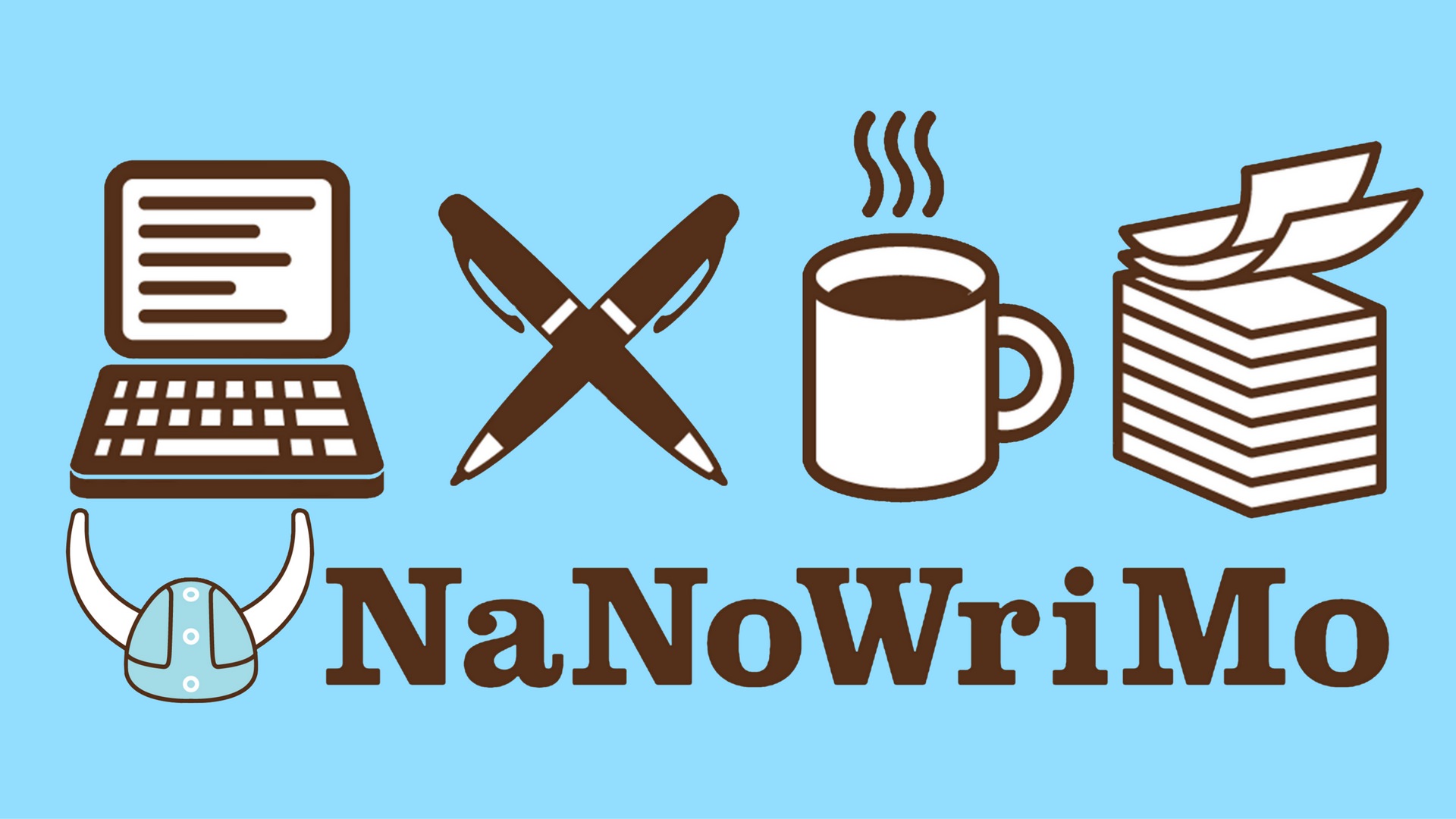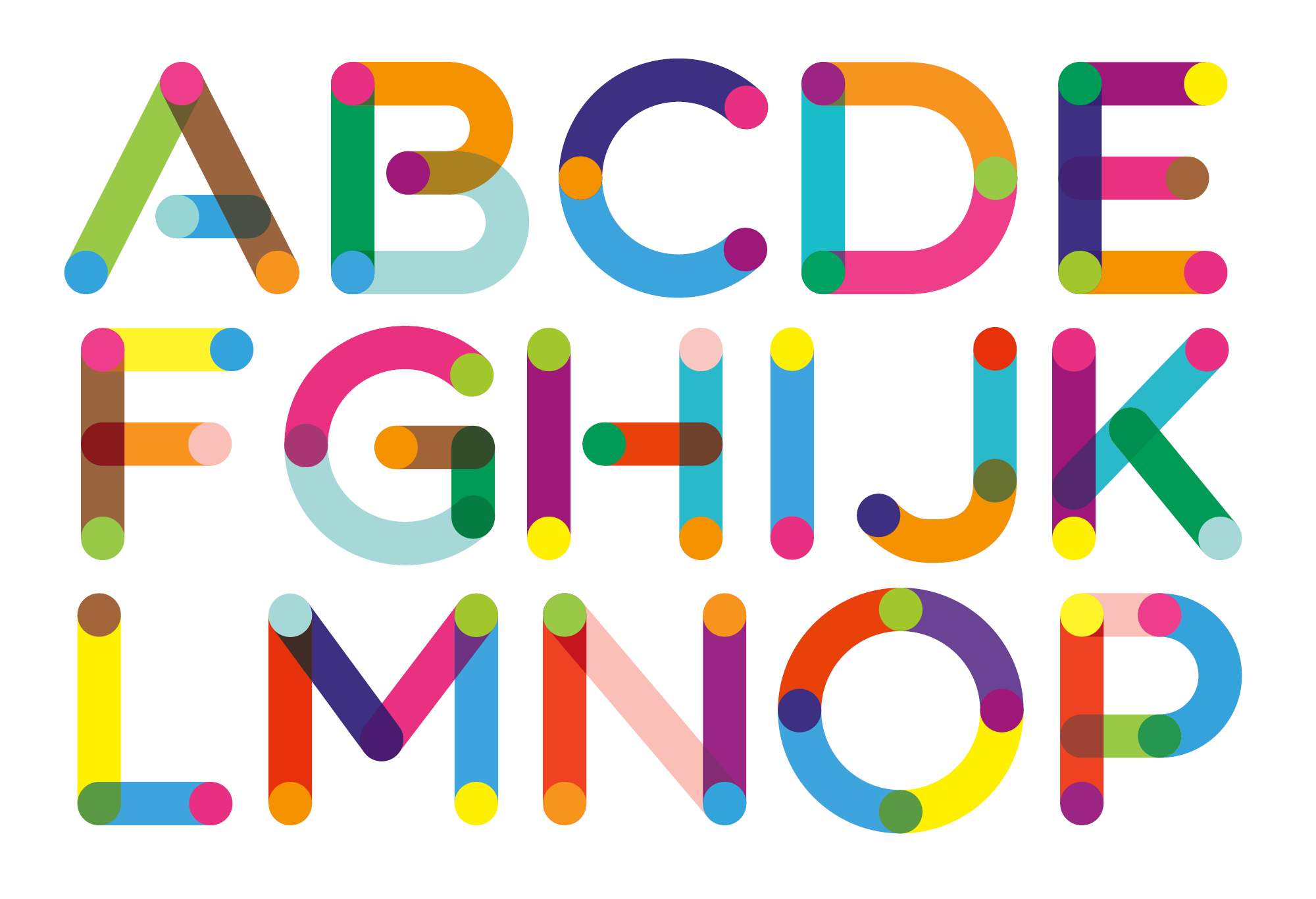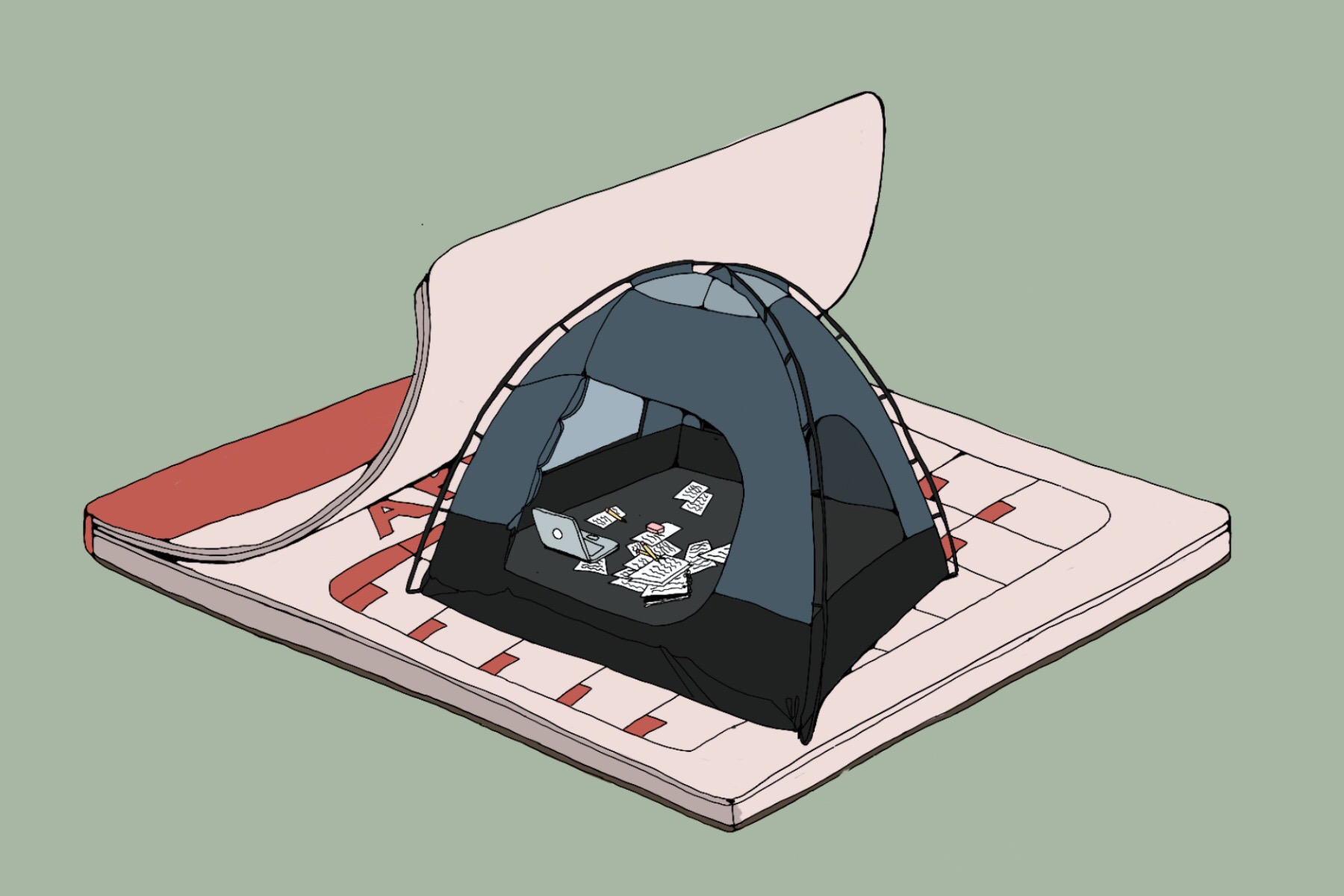Table of Contents Show
Every November, thousands of writers hunker down and attempt to churn out an entire novel in just thirty days. Called National Novel Writing Month, or NaNoWriMo for short, the official goal is to write one thousand six hundred and sixty-seven words per day for every day of November. If writers stick to this quota, they will end NaNoWriMo with about fifty thousand words. This isn’t enough for a typical book, but it’s a good start for a first draft and a crucial launching point for building a completed novel. This challenge is viral but also quite tough. Battered by everything from busy schedules to the ever-unimpressed inner critic, many aspiring authors find themselves falling short. Although NaNoWriMo is difficult, the following tips might help you find your writing flow.
1. Clear Your Mental Clutter
Before taking on such an ambitious project, we need to first look at the big picture. NaNoWriMo is an intense mental challenge. It requires almost two thousand words a day for thirty consecutive days. Why do something so difficult? Is writing more important to you than work? More important than socializing? Ask yourself these questions and decide exactly what NaNoWriMo represents for you. If it’s a casual side project, that’s completely fine. If it’s a serious commitment, you may have to look at your schedule and push some things aside.

Obligations like work and family can’t always be avoided, but you will likely have to make sacrifices to your leisure time. If the demands of the challenge require you to disrupt your normal Netflix binge sessions, so be it. This doesn’t mean you should never take a break, but it does require that you prioritize getting those words on the page. Part of this mental preparation is identifying your weaknesses. Most writers struggle with perfectionism, but what else makes NaNoWriMo hard for you? Do you struggle to find the time to write?
Do you just stare at the empty page, thinking in loops about how to put your ideas down? Some people also write themselves into corners and get stuck this way. For each weakness you have, come up with a plan to deal with it. When you inevitably run into a tough day, you’ll be equipped to get through it.
2. Settle Logistics Beforehand
Mental obstacles are a big issue, but physical setbacks can also derail NaNoWriMo attempts. Taking the time in the beginning to settle the logistics can help streamline the entire process. Physical organization means getting all the details of your writing sessions sorted out and planned. Ideally, your writing sessions will become a habit, and in order to form a habit, you should make it automatic. Don’t leave your drafting time up to your daily whims.

One of the most important steps at this point is finding a place to write. Identify a concrete time and location that you will use for writing, and make sure it has all the materials you’ll need, including planning documents or snacks. Unfortunately, not everyone has access to a luxurious home office. If you live in a hectic household, you may have to get creative when finding a good spot to write. Try waking up early to write in the quiet hours of the morning, or even squeezing yourself into the closet to get some privacy. No matter what works for you, the most important thing is finding a good place early and sticking to it.
Digital organization is also important. For this challenge, a working computer is a must. Some writers like to use pen and paper, but frankly, a computer is necessary for a task like NaNoWriMo. Not only is it better for a quick and accurate word count, but the sheer volume of words you need to produce each day makes typing the most efficient way to reach your goal. Beyond that, getting your files lined up before you start writing can help you easily transition between parts of your novel.

Excel spreadsheets can be a great tool for keeping track of your progress. Even if you aren’t tech-savvy, a single spreadsheet is easy to manage and store all the information you need. Also, make a plan to organize your writing software. Typing all 50,000 words on a single document will get overwhelming quickly, so breaking up your novel is usually the best option. You may want to make separate documents for chapters, parts, or even one for every day of November; even if you end up changing them around, having the documents ready mirrors the novel’s outline and reduces potential indecision.
3. Listen To Instrumental Narrative Music
Some writers love listening to music while they write. Others find it distracting and prefer to listen to it in their downtime. No matter where you fall on the spectrum, all storytellers might benefit from narrative music. This refers to instrumental soundtracks from films, television shows, and even video games. This type of music is particularly helpful when finding inspiration for a particular scene or even the story in general. Because they were made to tell a story, film scores and game soundtracks are very conducive to generating new concepts or imagining new scenes for your characters.

Narrative music is different from classical music. Classical music tends to wander, but a piece of narrative music has been carefully crafted to express a specific scene’s emotions. Whether you listen while writing or in your free time, identifying these emotions and applying them to your own characters is a surprising way to think of new story ideas. For example, if a particular track sounds like a chase scene, imagine your characters there.
Are they pursuing or fleeing? What and where? Let your characters wander through this emotional landscape, and you may discover something compelling, even if it doesn’t make it into the final draft. While all music can serve a useful inspirational function, sometimes lyrics can be distracting and too specific for writers to apply them to their characters. Narrative music provides some background context but leaves the writer’s mind free to fill in the details.

For people unfamiliar with narrative music, knowing where to look can be tricky. If you have a favorite movie from the same genre you plan to write in, start there when looking for a soundtrack that might help you. If you’ll be writing fantasy, the soundtracks for How to Train Your Dragon and Game of Thrones are both stunning. For sci-fi, check out the scores for Interstellar or Inception. But don’t feel boxed in by genre or even tone. Mixing genres can be a creative way of imagining unique ideas and finding unexpected directions for your story.
4. Use A Different Color Font
With the planning and inspiration out of the way, we are finally forced to confront the final boss of NaNoWriMo: the inner critic. With a high daily word quota, perfectionism is the easiest way to grind progress to a halt. Most writers understand that this nagging voice needs to be silenced, but the question is how? How do you quiet that little voice in your head that scrutinizes every word before you even put it down on paper? There’s no easy answer, but one tip that may help is changing the color of the text you use to write.

This may seem like a trivial strategy, but it represents an obvious visual reminder that the words you’re writing aren’t going to be published as they are. If you sit down to write, and the words come out purple, that signals to your inner editor that these words aren’t meant to be perfect. If color doesn’t work for you, feel free to try a fancy font or even a different page color. Seeing something other than stoic black text can help turn off that perfectionism and make it easier to forgive yourself when your words are of low quality. After all, the purpose of NaNoWriMo is quantity. Quality can wait until the editing process.
5. Take Breaks To Brainstorm
Sometimes, writers just get tired. That’s okay. If you’ve been staring at your flashing cursor for the past five minutes, that’s a signal that you need to reset. Although creative discipline is needed for NaNoWriMo, taking a break is often more efficient than trying to force out a few words at a time. However, that doesn’t mean you need to stop working on your story.

If you need a break from writing, you may want to consider going over your story’s conceptual aspects again. Do some chores and think about your worldbuilding, or take a break to imagine parts of your character’s backstory that won’t make it into the actual plot. If you find that you’ve written yourself into a corner with a scene that appears to go nowhere, you can either step away to think it over, or you can leave yourself a note inside the document and come back to it later. Even just mulling over your favorite scenes can be a good way to refresh your brain without losing the creative mindset.
Embrace Imperfection
As writers, we get attached to our stories. We want to represent them with beautiful prose and tight plotting, and when we end up writing a hundred lifeless words, it can be tempting to go back and write it all again. In the end, we want a complex and flawless piece of art to either show to the world or cherish for ourselves. But NaNoWriMo isn’t about making art, it’s about acquiring your canvas. No matter how horrendous that first draft is, having one is crucial for moving forward in the writing process. You can’t edit words that aren’t there. Plus, no matter the quality of the resulting draft, finishing NaNoWriMo is a huge accomplishment.
